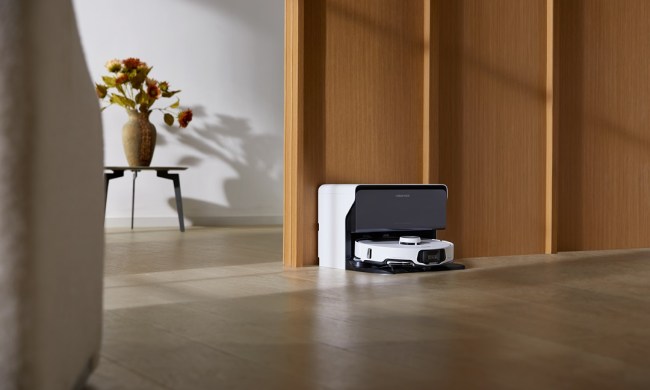
Space heaters are a simple and affordable way to keep your home warm during the chilly winter months. After plugging them in, you can quickly heat up large entryways or place them in your office to stay nice and toasty when it’s freezing outside. However, space heaters can cause fires and other accidents — meaning you have to be careful with how you use them.
Before rushing out and adding a space heater to your home, here are a few things to consider. From checking available safety features and finding the right size to placing it in your home and avoiding smart plugs, here’s everything you need to know about these useful gadgets.
Check for crucial safety features
The most important feature to look for in a space heater is the tip-over switch. Products with a tip-over switch will automatically turn off when they’re knocked over, making it an indispensable safety feature. It’s rare to find products without a tip-over switch nowadays, as all the best space heaters use them. But if you’re shopping for older devices, be sure it has one of these. If it doesn’t, the heater will pose a serious fire hazard if it gets knocked over.
Additionally, check for third-party safety certifications. These typically come from the Underwriters Laboratory or Intertek Group. If they’ve been certified, they’ll have a “UL” or “ETL” logo on their packaging. Certified products have been tested to high safety standards, and you can use them confidently in your home.
Figure out what size and type you need

Whether you need to fill a massive studio or a cramped cubicle, there’s a space heater sized for your space. Most products will tell you the size of room they’re designed for — make sure you look at this information and find the best one for your needs. That means you won’t want to just rush out and buy whichever one has earned the best reviews online, as it might not be designed to handle the type of space where you plan to use it.
The same goes for the type of space heater. Some space heaters create direction heat, meaning they’ll push out hot air like a fan. Others are radiant and slowly warm up the entire room. Radiator-type space heaters tend to be popular choices for large spaces and all-day warmth, while directional heaters typically heat up faster.
Don’t use extension cords
Space heaters require a lot of energy, and that means they pull a lot of electricity. Because of this, most are not rated to work with extension cords and must be plugged directly into your wall outlet. Using a space heater with an extension cord could lead to electrical issues and damage to your devices.
The instruction manual should point this out to you, but it’s something to keep in mind before making a purchase. If you need to place a space heater somewhere far away from an outlet, consider shopping for models with a lengthy cable.
Don’t use the heater with smart plugs

While some space heaters might be compatible with smart plugs, combining the two isn’t the best idea. The risk of accidentally toggling on a space heater while away from home is a serious fire hazard, and it’s not a risk most users will want to deal with. If you do decide to use a smart plug with a compatible space heater, you’ll need to be remarkably careful and keep a close eye on both your space heater and your mobile companion app.
Be careful about where you place it
It should go without saying, but space heaters shouldn’t be placed close to flammable objects or furniture. Even if something isn’t flammable, space heaters can cause objects to melt or warp. They churn out serious heat — and it’s not uncommon for temperatures to reach well over 100 degrees Fahrenheit right next to their fans. If you have children or pets, make sure the space heater is in a place they can’t reach. In addition, it’s a good idea to periodically check the space heater to see if anyone has accidentally placed objects too close to its powerful heat waves.



